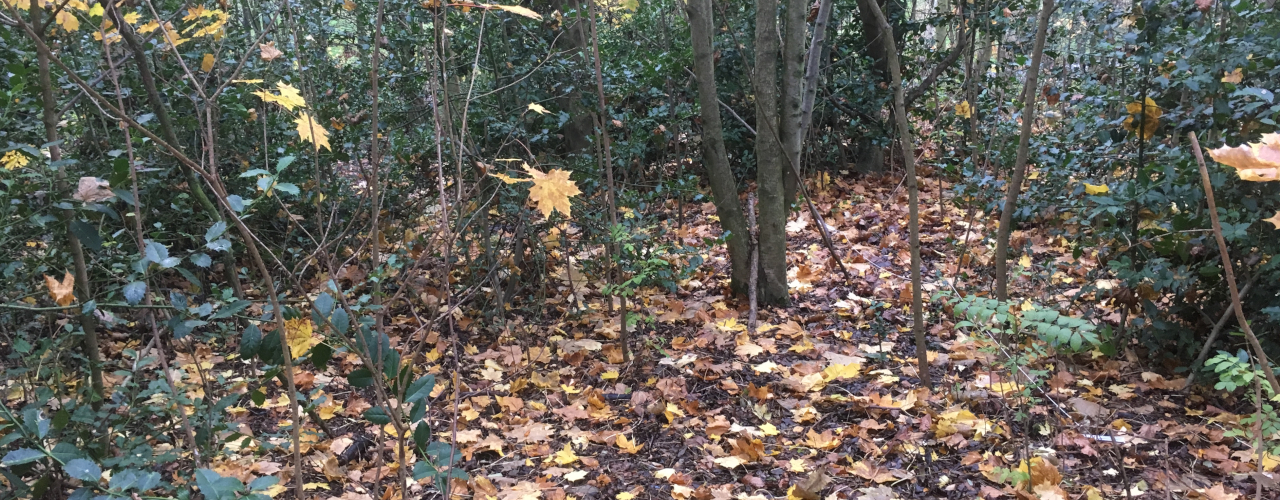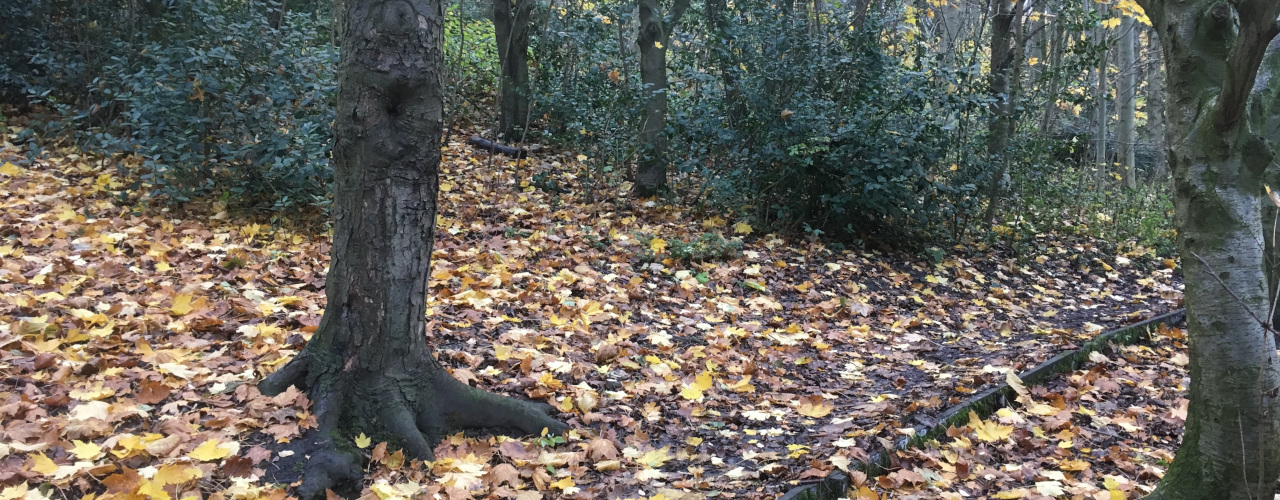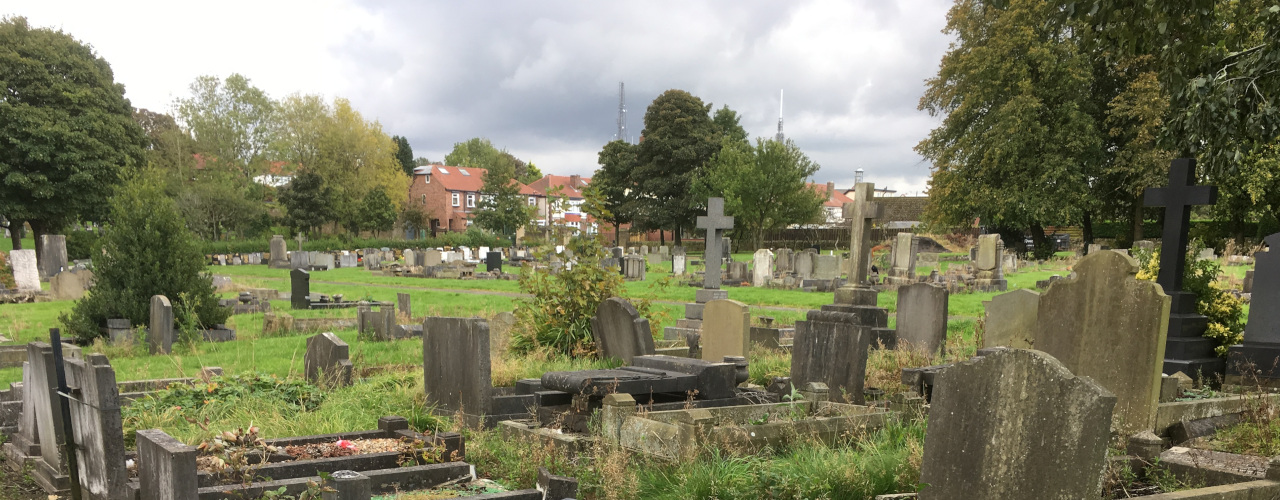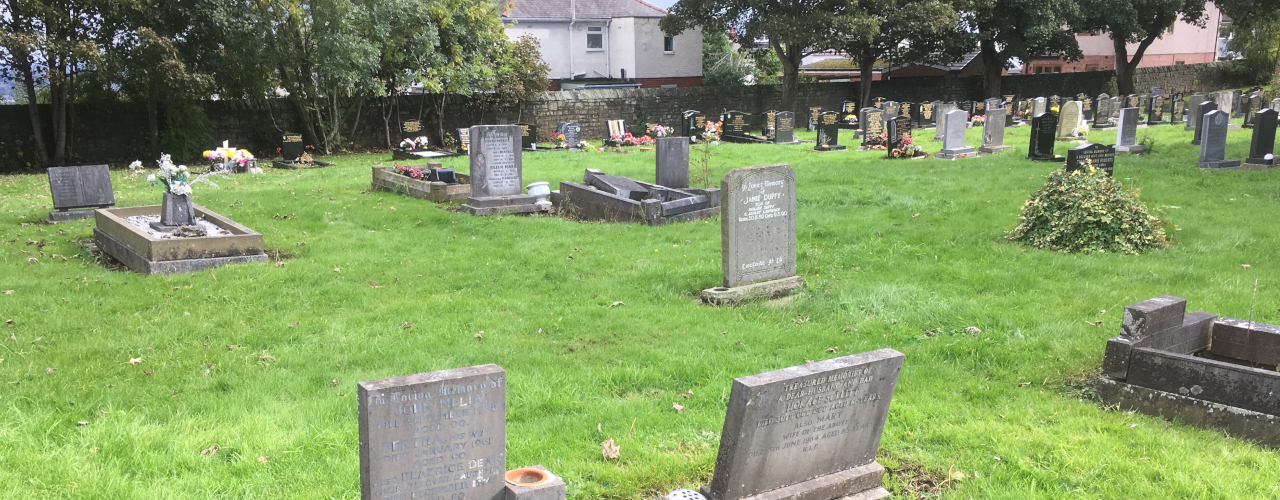Mixed Native Hedges (Part 1) - Value to Wildlife
A mixed native hedge (or hedgerow) is dense linear green feature made up of a mix of native shrub and/or tree species, and is commonly seen throughout the UK to the boundaries of fields and open spaces. Though specification, maintenance and species selection, the mixed native hedge is a very versatile tool that can provide a multitude of positive benefits within the landscape, both to humans and wildlife alike.
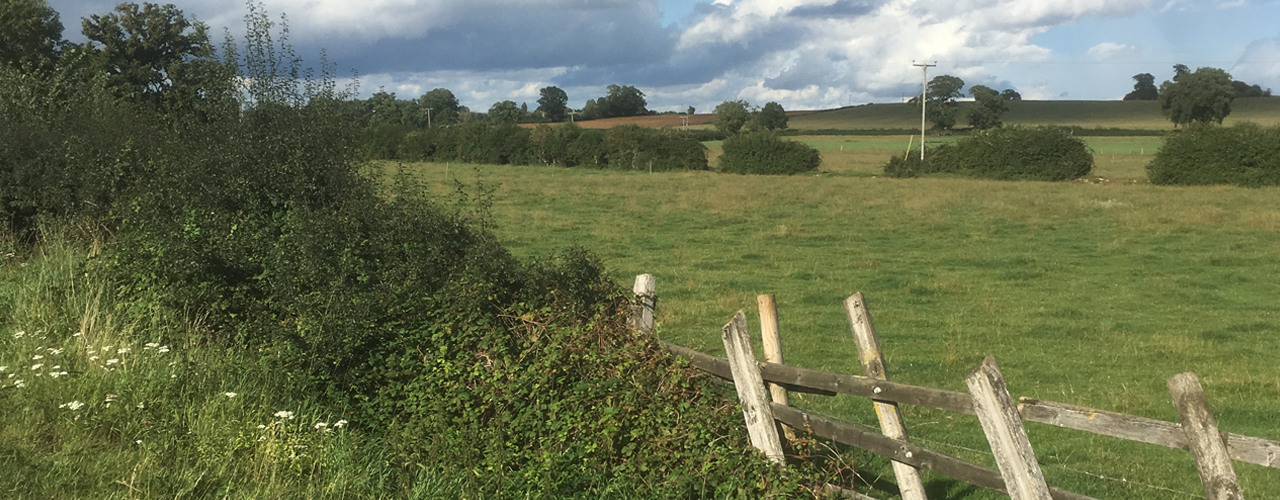
In this series of posts, I shall discuss the value of hedges to both wildlife and people - considering how to maximise the potential benefits through species selection, maintenance and specification of the hedge. To conclude I shall then discuss the future of the mixed hedges within the landscape in response to the changing UK climate.
So to start - what value does a mixed native hedge offer within the landscape – and how can we maximise it?
Value to wildlife
There is no doubt that mixed native hedges are beneficial to wildlife. They can provide food through berries, nuts and pollen - for birds, mammals, and pollinators. Foliage provides shelter and allows wildlife to safely move throughout the hedge.
To maximise the ecological value of proposed hedges consider:
- Planting and maintaining as thicker hedges (especially thicker to the base of the hedge - see image below), to provide greater sheltering opportunities, as well as to prevent damage to the main stems at the base
- Getting as much species variety within the hedge as possible, to maximise the timespan in which food sources are available for wildlife, as well as providing food for a greater variety of species, and providing a more disease and pest resilient hedge.
- Tailor the plant species and proportions should you wish to encourage specific species of wildlife.
- Connect proposed hedges to existing green elements to create a strong green biodiverse network to allow wildlife to freely move.
- Retain, enhance and supplement existing mixed hedges where required. Where species diversity is low, or large gaps have formed in existing hedges, additional mixed hedge planting could be beneficial.
- Remember to avoid any hedge maintenance in the bird nesting season (bird nesting season is between February – August)
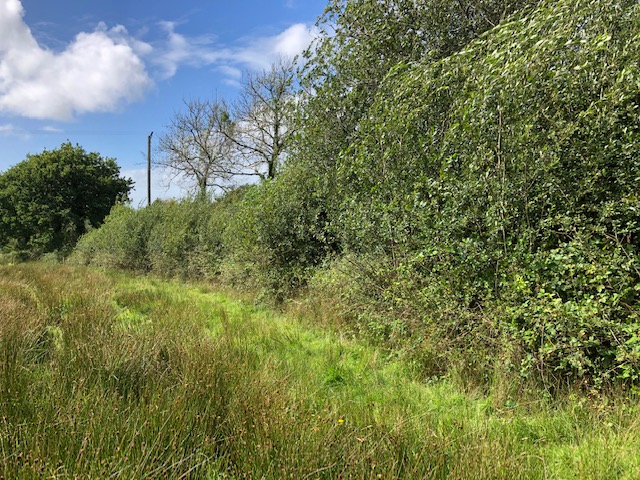
Whilst providing these benefits for wildlife may not be a priority for clients or developers, remember that an increased value to wildlife results in an increased value for humans – as increased habitat and food sources for pollinators aids pollination and consequently crop yield in the context of agriculture, and orchards for example.
